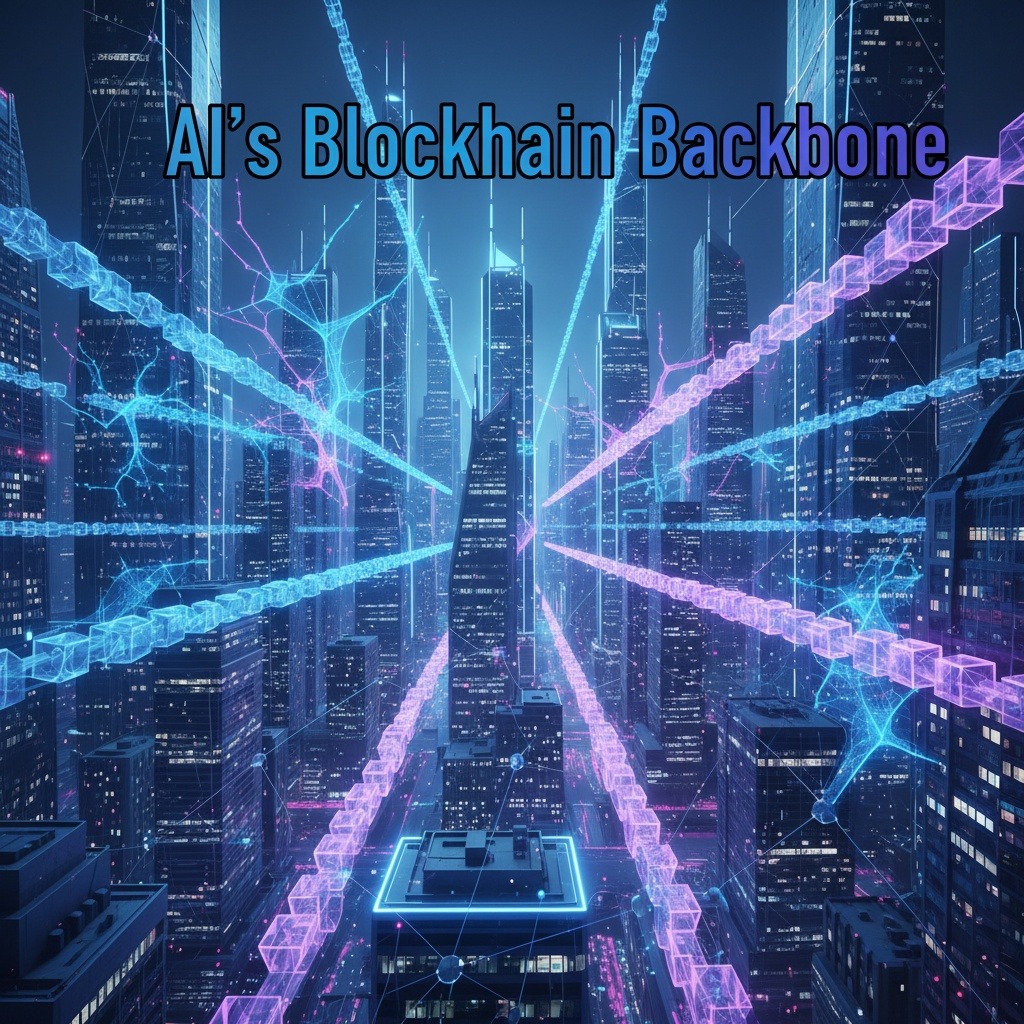The Internet Computer (ICP), a prominent player in the blockchain arena, is making significant strides to establish itself as the preferred network for on-chain artificial intelligence (AI) applications. This ambitious direction aims to create a new technological framework where AI, rather than human developers, assumes the role of primary application creator.
Dominic Williams, the founder of Dfinity, the organization behind the Internet Computer, shared his insights during a recent interview with CoinDesk. He emphasized that while current crypto market movements are largely influenced by factors such as liquidity and speculation, he believes the technology’s potential will eventually drive the markets toward a more realistic reflection of its capabilities.
“In the long run, markets begin to reflect realities on the ground,” Williams asserted, noting a disconnect between the evolving functionalities of the Internet Computer and the price action of its cryptocurrency, ICP.
One of the Internet Computer’s pioneering efforts includes the execution of neural networks as smart contracts, a feat it first showcased in April of the previous year. These applications initially focused on simpler tasks such as image classification and facial recognition, laying the groundwork for more complex systems driven by large language models akin to those used in AI platforms like ChatGPT and Gemini. Williams highlighted that this capability demonstrates that AI can operate natively on a blockchain, a milestone not achieved by other networks.
Unlike many competitors that depend on off-chain resources like Amazon Web Services, ICP is designed to support the entire AI development and operational lifecycle on-chain. Williams describes this innovative system as “a self-writing internet” where users articulate their needs, and an AI constructs the corresponding application, all hosted directly through the Internet Computer.
The broader implication of this framework is a potential transformation in the software development landscape. Instead of relying solely on human coders to build and maintain applications, an AI-centric model could allow for swift application creation, continual updates, and robust performance validated through blockchain technology.
In Williams’ view, this reimagined blockchain ecosystem transcends traditional uses, positioning itself as an optimal platform for AI-generated applications. Features such as “reverse gas” allow developers to cover the computational costs of their applications instead of requiring transaction fees from end-users. This design mitigates common complications like database migrations that typically hinder conventional infrastructures.
“AI is developing these apps hundreds of times faster than humans could,” Williams remarked. He mentioned early initiatives where people without technical backgrounds successfully used AI on the Internet Computer to build applications—from platforms mapping potholes to tools for drafting legal documents and health directives. He envisions a future where millions of similar applications could be created, enabling entrepreneurs, small businesses, and nonprofits to generate bespoke solutions without needing extensive technical expertise.
However, despite these ambitious advancements, the market performance of the ICP token has not mirrored the positive developments within the network. Although there was a brief uptick when AI features were initially introduced, the token has since fluctuated more in alignment with overall market trends rather than user engagement levels.
Williams acknowledged this lag but expressed optimism that market recognition of the Internet Computer’s capabilities may soon align with its innovations. “This could be the first time Web3 actually outcompetes Web2 technologically, without a token incentive in sight,” he noted. He anticipates that the true revelation will come when users discover they can simply communicate with an AI, resulting in the instantaneous creation of blockchain applications accessible through a URL.



